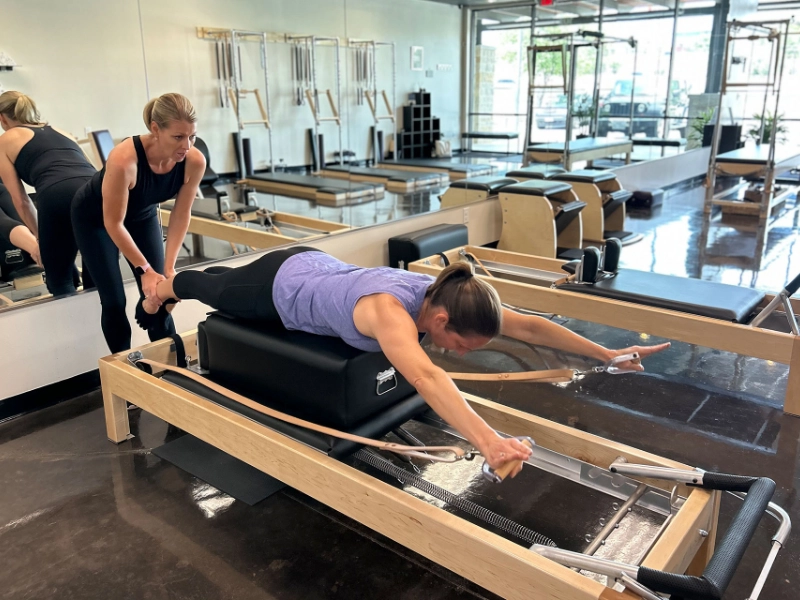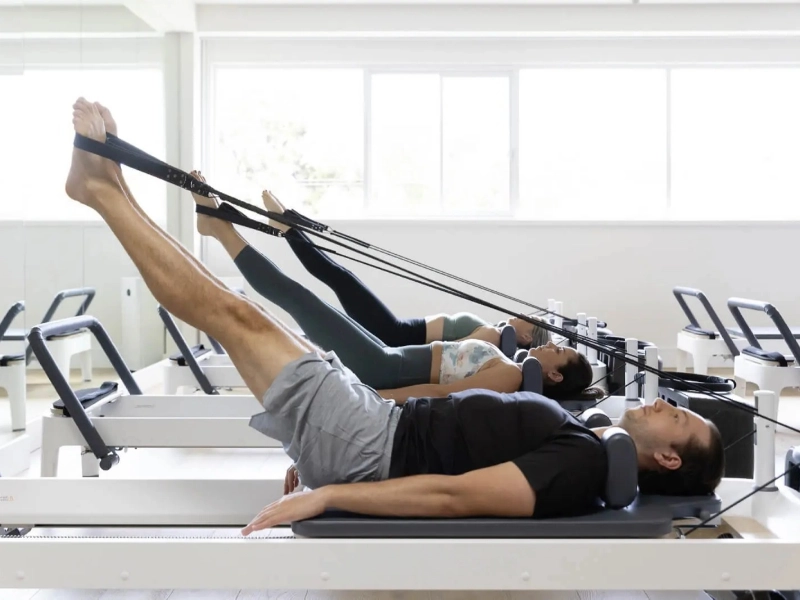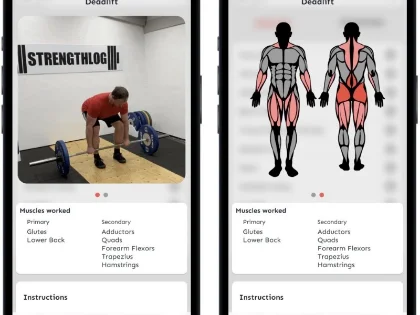Pilates First Aid: Essential Knowledge For Practitioners
Pilates is a type of exercise that helps with posture, balance restoration, body lengthening, and strength. It is done on a mat with spring assistance, sometimes with little equipment. Joseph Pilates created it in the 1920s after using a variety of workout techniques to recover from rickets and asthma. Some of the alleged advantages of Pilates, like enhanced core strength and better balance, posture, and flexibility, are supported by recent empirical studies.
1. Basic Life Support

2. Extended Life Sustaining
 Pilates is a complete fitness regimen that targets every muscle in the body. It consists of specialized mat-based exercises or equipment (such as the Reformer). Pilates corrects particular musculoskeletal abnormalities to increase strength and stability. It retrains maladaptive movement patterns that result in pain and impairment, as well as improves posture, balance, and core strength.
Healthcare personnel can learn the skills and information necessary to respond to life-threatening medical situations by taking the ACLS course. This is significant because it improves a patient's chances of survival and recovery, which helps save lives. Anyone working in the health industry should take ACLS training, because many hospitals and clinics mandate it for staff members. Doctors, nurses, and paramedics are included in this.
Pilates is a complete fitness regimen that targets every muscle in the body. It consists of specialized mat-based exercises or equipment (such as the Reformer). Pilates corrects particular musculoskeletal abnormalities to increase strength and stability. It retrains maladaptive movement patterns that result in pain and impairment, as well as improves posture, balance, and core strength.
Healthcare personnel can learn the skills and information necessary to respond to life-threatening medical situations by taking the ACLS course. This is significant because it improves a patient's chances of survival and recovery, which helps save lives. Anyone working in the health industry should take ACLS training, because many hospitals and clinics mandate it for staff members. Doctors, nurses, and paramedics are included in this.
3. Workplace Emergency First Aid
 Every business needs to provide first aid, and in many circumstances, it's required by law. To comply with specific rules, employers frequently designate first aiders, and these workers are required to hold a certificate such as Emergency First Aid at Work (EFAW).
This one-day training program will provide you with the knowledge and self-assurance to manage the majority of medical situations, making it appropriate for low-risk work environments like offices. You will gain knowledge about how to identify and manage illnesses and injuries, stop the spread of infections, keep track of events and activities, and perform basic first aid, such as automated external defibrillator use and cardiopulmonary resuscitation (CPR).
The EFAW course is equal to a GCSE grade of A–C (9–4) and is acknowledged as level 2 on the UK's Regulated Qualification Framework. You must complete a yearly refresher course, such as our First Aid at Work Requalification course or a comparable alternative, as your certificate will expire after three years.
Every business needs to provide first aid, and in many circumstances, it's required by law. To comply with specific rules, employers frequently designate first aiders, and these workers are required to hold a certificate such as Emergency First Aid at Work (EFAW).
This one-day training program will provide you with the knowledge and self-assurance to manage the majority of medical situations, making it appropriate for low-risk work environments like offices. You will gain knowledge about how to identify and manage illnesses and injuries, stop the spread of infections, keep track of events and activities, and perform basic first aid, such as automated external defibrillator use and cardiopulmonary resuscitation (CPR).
The EFAW course is equal to a GCSE grade of A–C (9–4) and is acknowledged as level 2 on the UK's Regulated Qualification Framework. You must complete a yearly refresher course, such as our First Aid at Work Requalification course or a comparable alternative, as your certificate will expire after three years.








